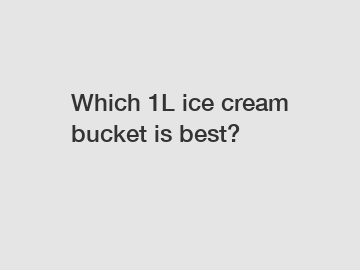A Guide to Polyester Film
Polyester (PET) film is a versatile plastic widely used in many applications. PET materials exhibit good chemical resistance and are tough and durable when compared to other commodity resins with similar performances and price ranges. This material can also be die cut or laser cut to efficiently create products with consistent designs.
The dimensional stability of polyester film allows it to be used in numerous applications, including face shields, laminates, membrane circuitry, electronic insulation, carrier films, and a variety of graphic arts applications.
Specific polyester films can be made to be FDA approved. This characteristic provides a tremendous benefit for applications such as face shields that are used in areas where sterilization and cleanliness is vital.
Most readily produced in gauges from 48 (1/2 mil) to .014, PET film is available as print treated on one or two sides for easy printability, slip treated for ease of handling, and in options such as super clear, clear, hazy and white depending on your particular needs.

PROPERTIES
Polyester or polyethylene terephthalate (PET) is a high-performance, crystal clear thermoplastic made from ethylene glycol and dimethyl terephthalate (DMT). In comparison with other common plastic films, PET film has higher tensile strength, excellent dimensional stability, low moisture absorption, and good retention of physical properties over a fairly wide temperature range. It also has superior UV resistance, excellent electrical properties, good optical clarity, high gloss, and good gas barrier but only moderate moisture barrier properties. It is the ideal film for quality printing and lamination and a good choice for a high performance plastic films and sheets. It has a relative high melting point, which makes it suitable for applications that require sterilization at high temperatures.
Because of its higher price relative to PVC, PE, and PP film, it is generally considered a specialty film.
PET can be metallized which results in improved gas barrier properties for demanding applications where long product shelf life is important. PET film is well suited for a broad range of industrial, electronic, and automotive applications. It is fully recyclable and can be easily reprocessed into many other products for many different applications. However, unlike paper and other cellulose products, PET does not readily decompose. However, biodegradable additives are available that enhance the biodegradation of this plastic without affecting the physical properties.
Explore more:Self-Adhesive Plastic Protective Film Market Size, TrendsAdvantages Heat shrink tubingExploring Versatility of Biaxially Oriented Polypropylene BOPP ...Anodizing etch chemical is turning the aluminum blackBest Paint Protection Film for Cars? XPEL vs 3M vs LLumar ...What is BOPP Label Material? When Does It Work Best?What are the benefits of 150ml IML Plastic butter Container?
The most important polyester film is biaxially oriented PET or BOPET.1 In comparison to other common plastic films, it has better retention of physical properties over a fairly wide temperature range of about -70°C to 100°C.
Despite its higher price, BOPET has found many high volume applications that require this stronger and dimensionally stable film. A major drawback of BOPET is the higher manufacturing costs and higher capital investment in equipment.

APPLICATIONS
PET film is often an excellent choice for more demanding applications in food and nonfood-film applications. Major uses include microwave, and medical packaging, plastic wrap, tape backing, printed films, plastic cards, protective coatings such as solar and safety window films, release films, transformer insulation films and flexible printed circuits. PET is also used as an aroma barrier film (e.g. coffee and tobacco packaging). This type of film is sometimes metallized by vapor deposition of metals, which further improves the barrier against oxygen, water vapor and aroma loss.
Due to the low odor, high chemical resistance and inertness, many PET grades are suitable for packaging applications under FDA regulations.
Polyester film is sold in various types, thicknesses, widths with properties tailored to meet specific requirements of particular end uses.
Firsta carries a variety of film products in varying grades, textures, and transparencies. Contact us today to discuss your polyester film needs and our dedicated film specialists will help you select the right solution for your application.
Explore more:Unlocking the Benefits of Using Custom Rigid Kraft MailersSquared Off: Square Buckets with Lids vs. Round Buckets10 Questions You Should Know about 100% Recyclable Honeycomb PadsKey Questions to Ask When Ordering OPP bag for packaging frozen fruitsWhat is the cheapest way to send a padded envelope?Granola Bar Wrapper Template (Printable)Unlocking the Power of IML Solutions: Solving Your Top Google Search Queries!













Comments
Please Join Us to post.
0